Heart rate is one of the main indicators by which it can be concluded about the level of health and fitness of the body without preliminary diagnosis. To independently find out if you are at risk, you should look at the table of a normal human heart rate by year and age.
Material Content:
How to measure the pulse?
At its core, the pulse represents minor fluctuations in the vascular walls, which are driven by the work of the heart (i.e., rhythmic contractions of the myocardial muscles).

Ideally, the intervals between pulsations are equal, and the average values at the moment of rest do not reach the upper limits. In the case when the heart rate (HR) is impaired, this gives reason to think about problems in the body and the presence of a serious disease.
Finger way
Oscillations of the heart muscle are usually measured by palpation of arterial strokes. Basically, they use radiation, which is located on the inside of the wrist. It is at this place that the vessel is better palpated, since it is located as close as possible to the surface of the skin.
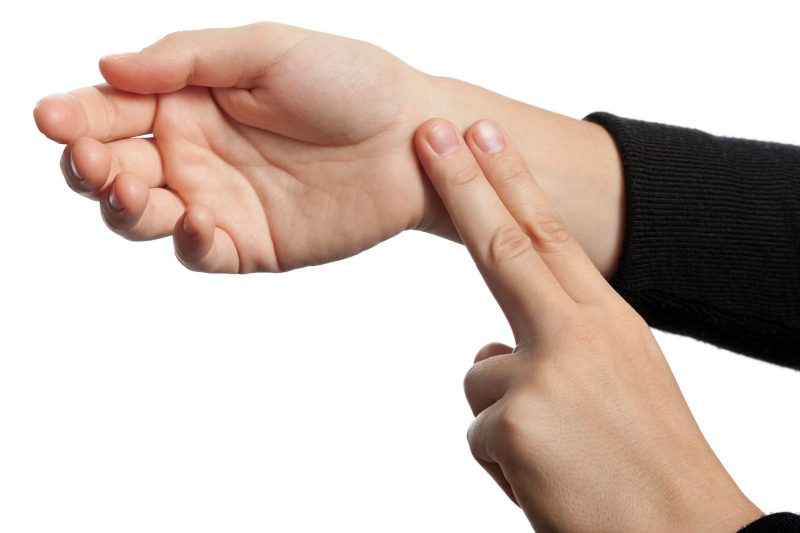
- If rhythm disturbances are not detected, then the pulse is measured for half a minute, and the result is multiplied by 2.
- If fluctuations or irregularity are observed, then the blows are counted within one minute.
- To get the most accurate indicator, the pulse is measured on both hands at the same time.
In some cases, the calculation of heartbeats is carried out in places where other arteries are located. For example, on the chest, neck, thigh, upper arm.In young children, the pulse is measured mainly on the temporal part, since it is not always possible to feel the blows on the hand.
Hardware Methods
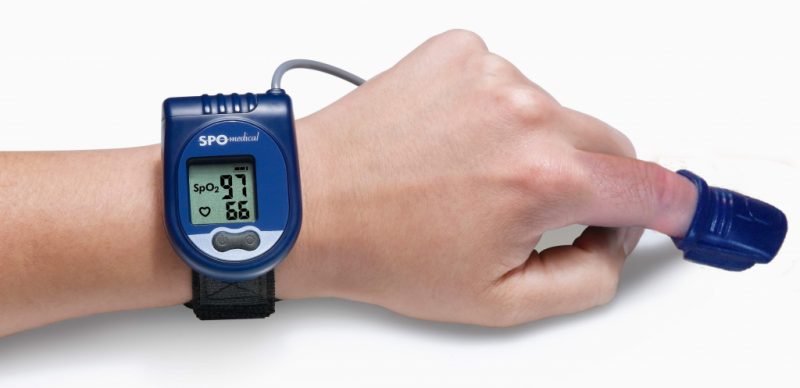
- In addition to the finger method, you can also use special devices, for example, a heart rate monitor (chest, wrist) or an automatic blood pressure monitor. Although the latter device is more suitable for determining blood pressure.
- If a person is suspected of any abnormalities in the heart, then the pulse is measured using special methods and medical equipment (ECG or daily (Holter) monitoring).
- In especially difficult cases, a treadmill test is used. In humans, heart rate is measured using an electrocardiograph during exercise. This method helps to see hidden problems in the very early stages of the disease, as well as make a prediction of the state of the cardiovascular system in the future.
But even the most advanced methods will not be able to give an accurate result if the pulse is measured incorrectly.
So, you cannot measure after the following steps:
- a sharp change in body position (stand up, lie down);
- physical activity, as well as after sexual intercourse;
- emotional stress; stress;
- psychological experiences, including fear or anxiety;
- taking medications, alcohol;
- visiting the sauna, baths, taking a bath;
- hypothermia.
Table: normal human heart rate by year and age
At the pulse, it is customary to highlight the upper and lower boundaries. If the heart rate exceeds the first indicator, this condition is called tachycardia. It can be short-term and not cause anxiety, as with intense physical activity or a sense of fear. Prolonged tachycardia occurs when a person has disorders of the cardiovascular or endocrine systems.

If the pulse is below normal - this is also considered a deviation. This condition is called bradycardia. It can be caused by congenital heart problems, medication, a reaction to infectious diseases, and even poor nutrition. Fortunately, all these conditions lend themselves to complete treatment or correction.
To determine your own indicators of heart muscle contraction, you need to use the table below.
| Age of man, years | Minimum value | Maximum value |
|---|---|---|
| baby up to a month | 110 | 170 |
| from 1 month to 1 year | 100 | 160 |
| 1 – 2 | 95 | 155 |
| 3 – 5 | 85 | 125 |
| 6 – 8 | 75 | 120 |
| 9 – 11 | 73 | 110 |
| 12 – 15 | 70 | 105 |
| before 18 | 65 | 100 |
| 19 – 40 | 60 | 93 |
| 41 – 60 | 60 | 90 |
| 61 – 80 | 64 | 86 |
| after 80 | 69 | 93 |
What should be the frequency of beats per minute of a pulse in a healthy adult?
The heart rate depends on many factors and circumstances: age, level of physical exertion, hormonal levels, air temperature, body position, overwork, pain, etc.
At rest

Those numbers, which are called the norm, are the pulse in a relaxed, calm state. For adults who do not have serious diseases, this number is in the range from 60 to 85 beats / min. In exceptional situations, a deviation from the “golden mean,” which is also considered the norm, is allowed. For example, athletes or very trained people can have a heart rate of only 50, while for young energetic women this figure will reach 90.
Training heart rate
Since physical exercises have a different degree of intensity, it is necessary to calculate a normal heart rate in an adult during training, taking into account individual characteristics and the type of load.

With low physical activity, the calculation of heart rate will look as follows.
- The maximum heart rate is calculated by the formula 220 minus age (i.e., for a 32-year-old person, this indicator is 220 - 32 = 188).
- The minimum heart rate is half the previous number (188/2 = 94)
- The average norm under loads is 70% of the maximum heart rate (188 * 0.7 = 132).
With intense or high activity (running, cardio, outdoor group games), the count will be slightly different. The upper border of the pulse is calculated in the same way, but the next two indicators are different.
- The lower limit is 70% of the maximum value (132 beats per minute).
- The average heart rate should not exceed 85% of the upper limit (188 * 0.85 = 160).
If we summarize all the calculations, then the normal pulse of a healthy person during adequate physical activity should not go beyond 50-85% of the upper limit of heart rate.
When walking
The average heart rate at the usual rate of movement is 110 - 120 beats per minute for women, and in the region of 100 - 105 beats - for men. This statement is true for people of the middle age category, i.e., from 25 to 50 years.
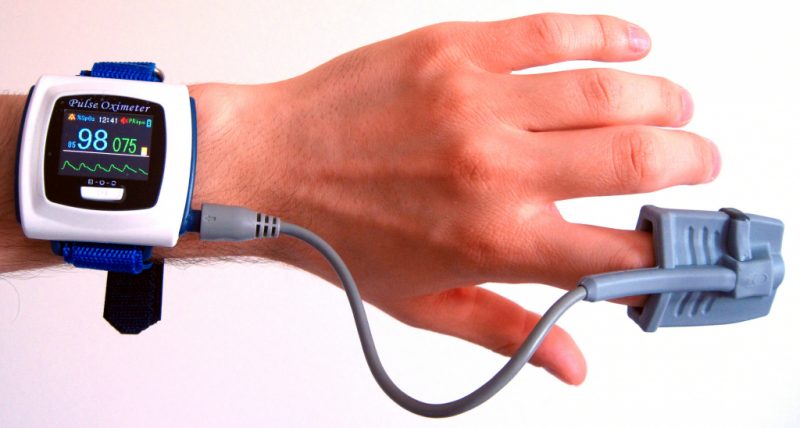
However, if the pace is quite mobile (more than 4 km per hour), walking is carried out with weighting, on an uneven surface or in a rise, then the heart rate will increase.
In any case, if during movement a person does not show signs of shortness of breath, dizziness, blurred consciousness, severe weakness, knocking in the ears and other unpleasant symptoms, then any pulse, even at 140 strokes, will be considered normal.
Normal heart rate during sleep
During the rest period, the heart rate of a person may decrease by 8-12% of the norm during wakefulness. For this reason, for men, the average heart rate is 60 - 70 beats, and for women - 65 - 75.
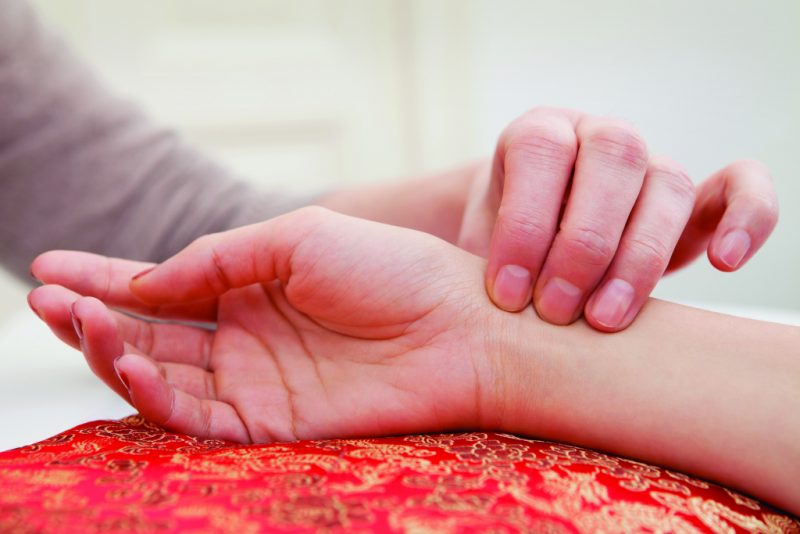
It also happens that the heartbeat, on the contrary, rises. This happens when the body is in the active sleep phase. It is during this period that a person can see dreams and nightmares.
By the way, emotional experience in a dream can be reflected in the heart. This increases not only the pulse, but also the pressure. If a person is sharply woken up, then he will most likely feel discomfort. This condition goes away on its own within 1 to 5 minutes.
Norm of heart rate during pregnancy
In expectant mothers, the pulse rises slightly. This is due to the fact that the vessels and heart of a pregnant woman distill the blood not only for themselves, but also for the fetus. In this case, the pressure of the baby on the surrounding tissue causes spasm of the vessels, and this also leads to a large load on the heart muscle.
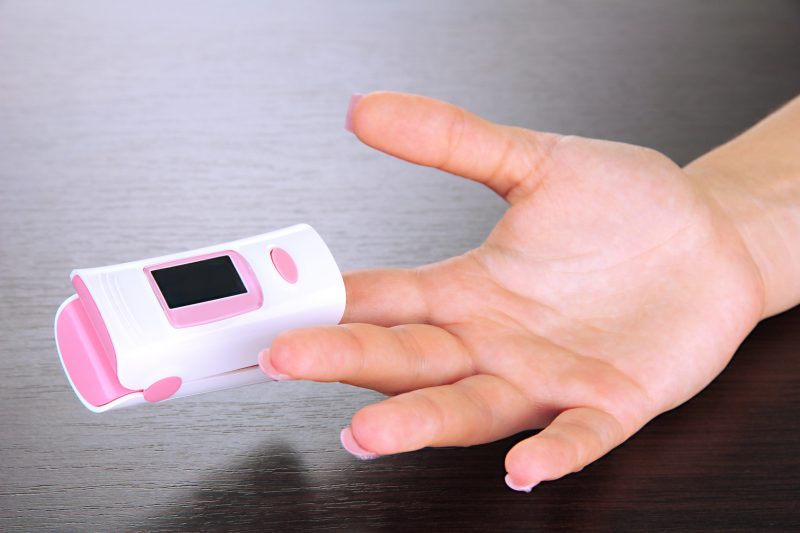
Do not neglect the hormonal changes that are inherent in all women during this period. Therefore, the rate of 100 - 115 beats per minute is considered the norm of heart rate during gestation. Moreover, in late pregnancy, especially before childbirth, even severe tachycardia can be observed, which does not require treatment.
Read also: pulse rates in women by age
What pulse is considered normal in a man and woman at 30, 40, 50, 60 years old?

A more detailed table of the pulse by year in adults can be found below. It shows the average indicators among the sexes. But it is worth noting that in women, heart rate is usually 5 to 10 strokes higher than in men.
| Age years | Minimum rate | Average value | Maximum rate |
|---|---|---|---|
| 20 – 30 | 60 | 65 | 70 |
| 30 – 40 | 70 | 73 | 75 |
| 40 – 50 | 70 | 75 | 80 |
| 50 – 60 | 80 | 83 | 85 |
| 60 – 70 | 83 | 85 | 86 |
| From 70 | 83 | 85 | 88 |
Heart rate is one of the reliable indicators by which it is possible to determine with maximum accuracy a person’s health and level of physical fitness. If you notice a deviation in your heart rate from normal values by more than 10% without objective reasons, this is an occasion to get advice from a specialist.












